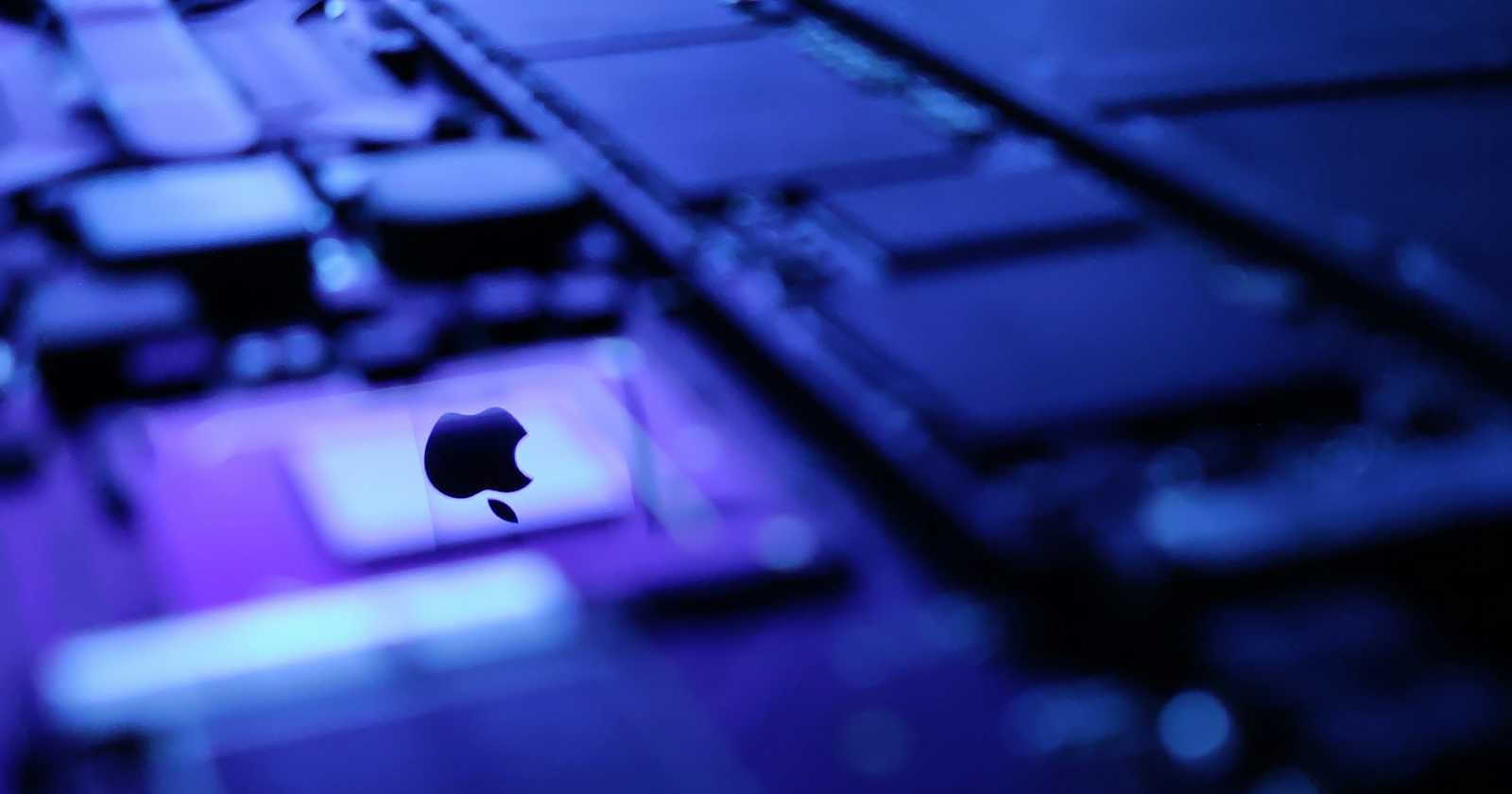
Photo by David Monje on Unsplash
Unveiling the Secret World of Apple's Chip Labs: A Deep Dive into Cutting-Edge Innovation

Have you ever wondered what goes into making the powerful chips that power your iPhone and Mac? In this blog post, we'll take you on an exclusive journey inside Apple's secretive chip labs, where a team of thousands of brilliant engineers is pushing the boundaries of chip technology.
Our adventure begins with a glimpse into one of Apple's chip labs. Imagine a room filled with hundreds of machines blinking with lights, a dedicated team of engineers in lab coats, and countless chips undergoing rigorous testing. Here, the mission is clear: to identify and address any bugs, manufacturing issues, or design flaws before these chips find their way into our beloved devices.
Apple's chip journey began in 2010 with the introduction of custom chips in iPhones. Since then, they've come a long way, designing their own chips for iPads, Apple Watches, and even Macs. This transition has been a major turning point, allowing Apple to have more control over the entire product development process, from design to manufacturing.
But the road hasn't been without its challenges. The chip industry is complex and expensive, and Apple, like many other companies, relies on Taiwan Semiconductor Manufacturing Company (TSMC) to manufacture its chips. This dependence on a single supplier makes them vulnerable to geopolitical risks, like the ongoing tensions surrounding Taiwan.
However, Apple is not standing still. They are actively working to mitigate these risks by investing in new chip fabs (fabrication plants) around the world, including the upcoming TSMC fab in Arizona. Additionally, they are constantly innovating, developing new technologies like their own Wi-Fi and Bluetooth chips, and even exploring the potential of building their own cellular modems in the future.
One of the most exciting aspects of Apple's chip development is their focus on artificial intelligence (AI). They've been building their machine learning engine, the Neural Engine, since 2017, and it's now used to power features like Face ID and Animojis. With the recent acquisition of several AI companies and the rumored development of their own large language model, Apple is clearly positioning itself as a major player in the AI race.
While some critics argue that Apple might be falling behind in the AI race, Apple believes their unique approach of owning the entire product development chain, from silicon to software, gives them a significant advantage in optimizing their products for future AI advancements.
As we approach the launch of Apple's new R1 line of chips for the Vision Pro headset, one thing is certain: the future of chip technology is bright, and Apple is at the forefront of innovation. With their dedication to pushing the boundaries and their relentless pursuit of excellence, Apple's chip labs are sure to continue churning out groundbreaking technologies that will shape the way we experience the world around us.
